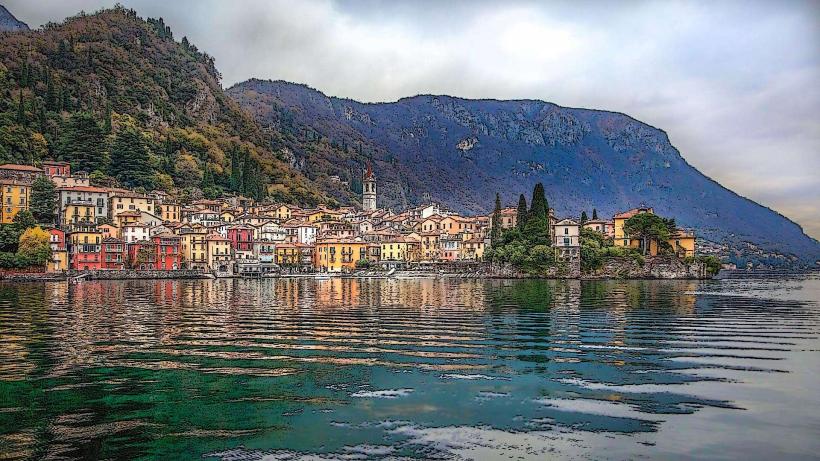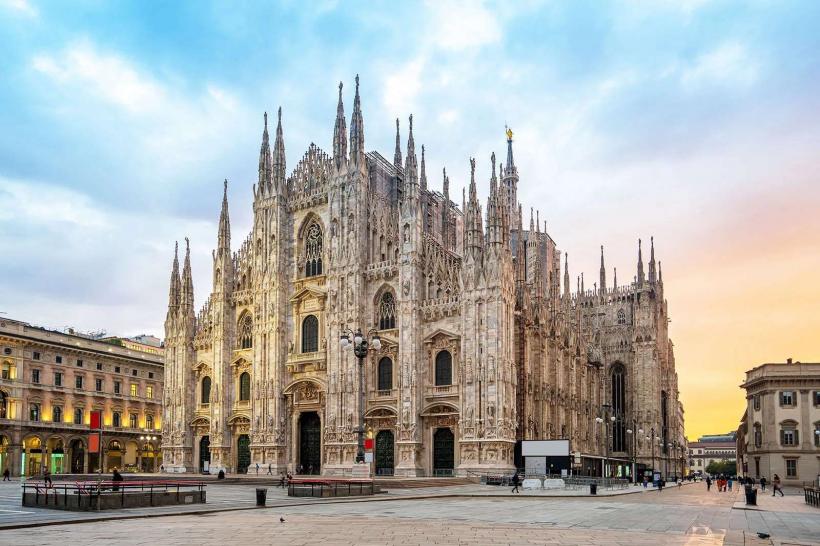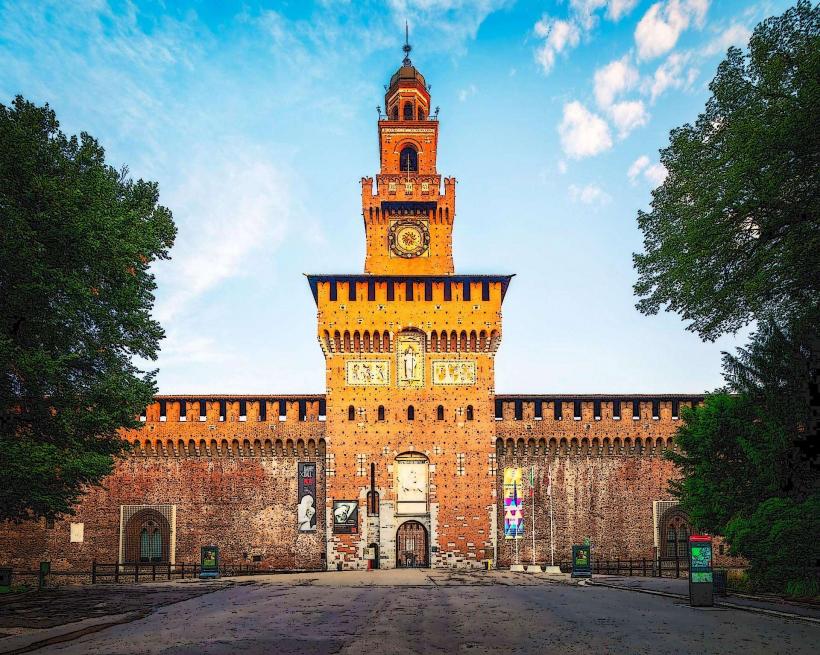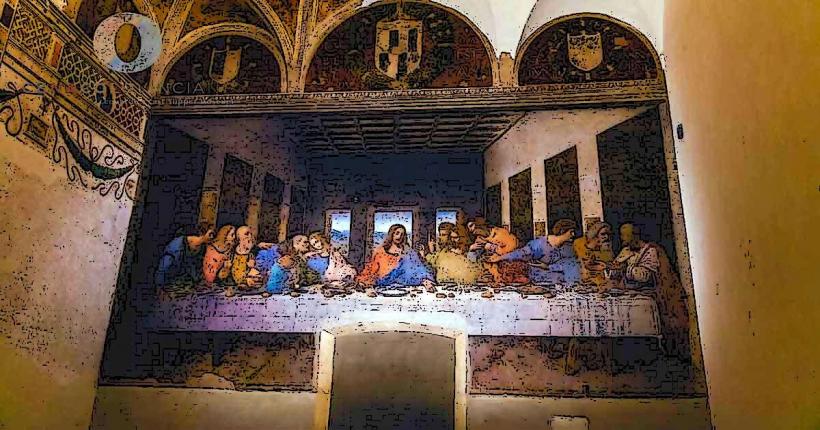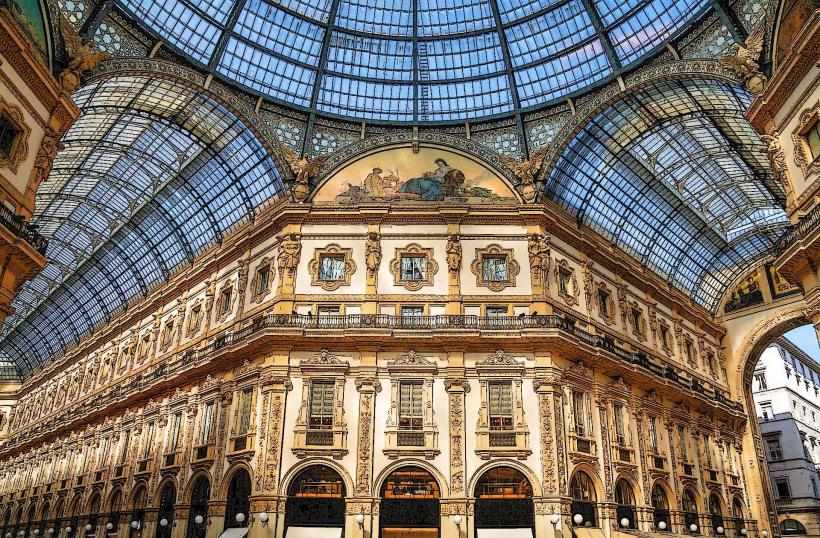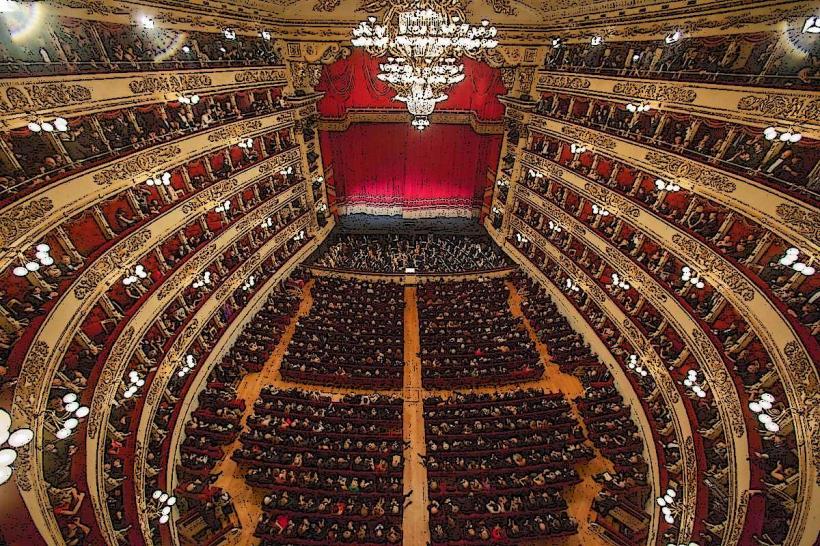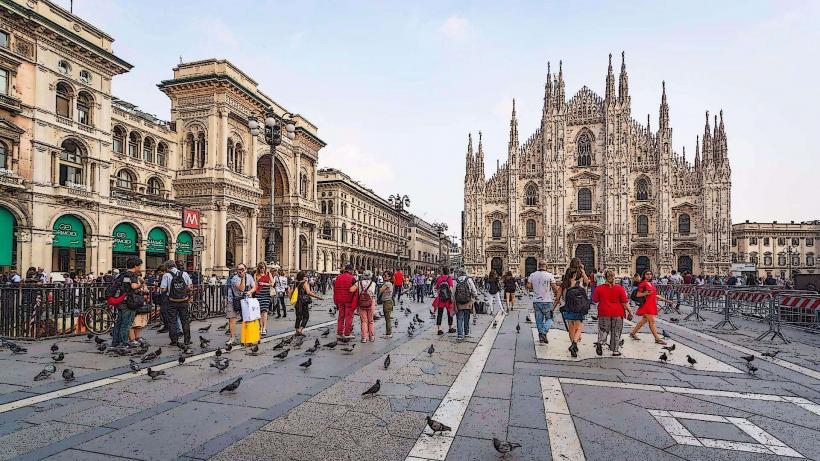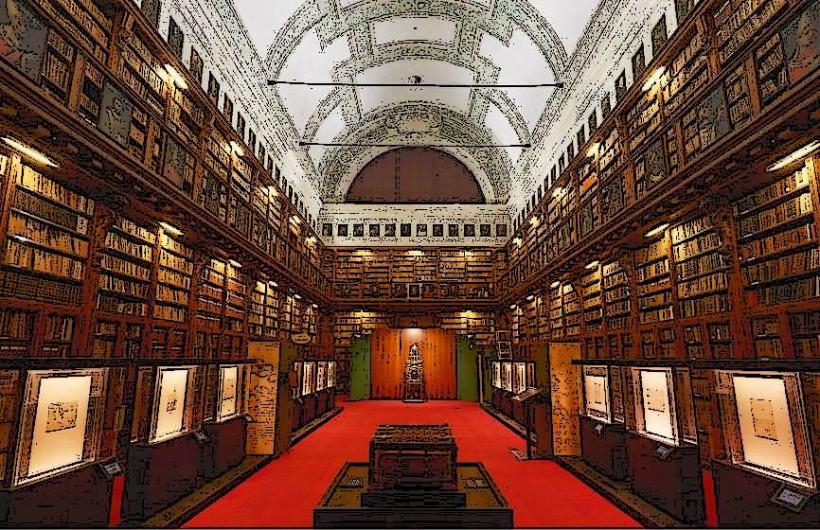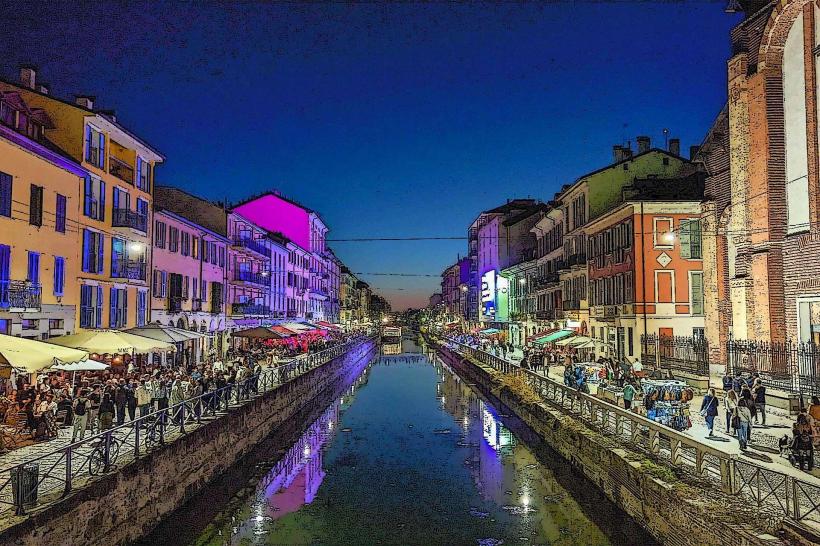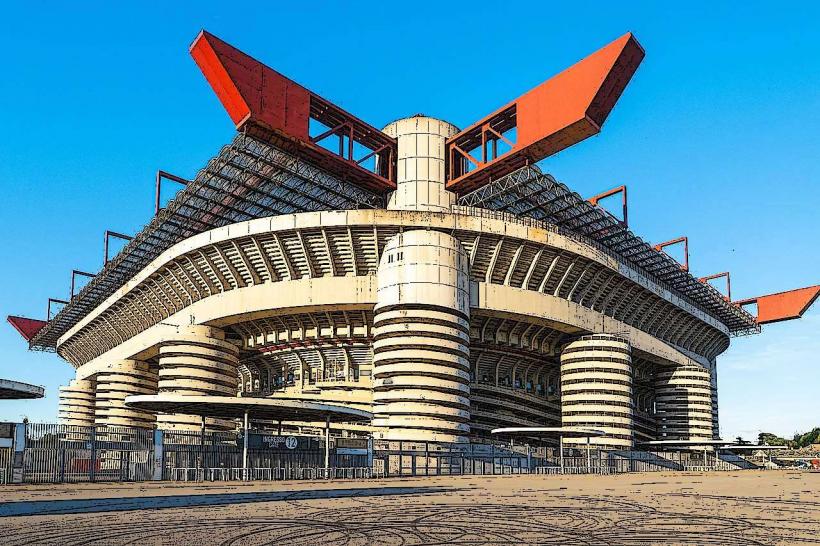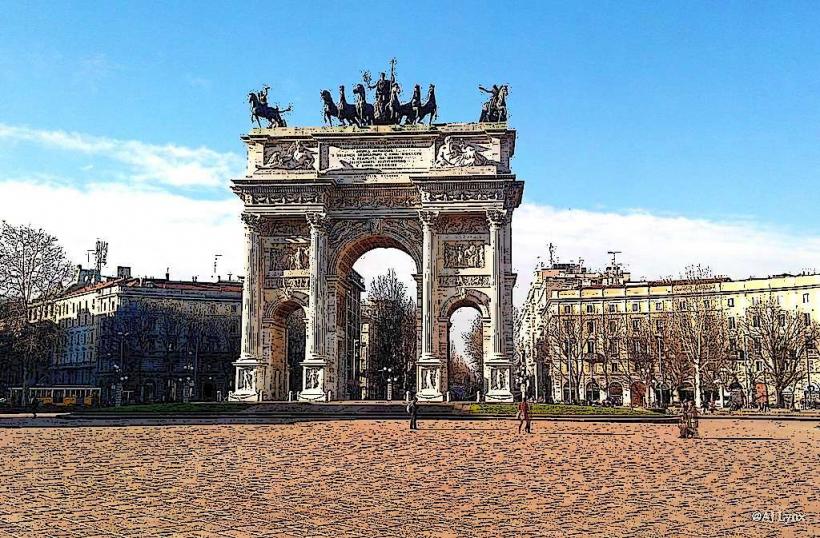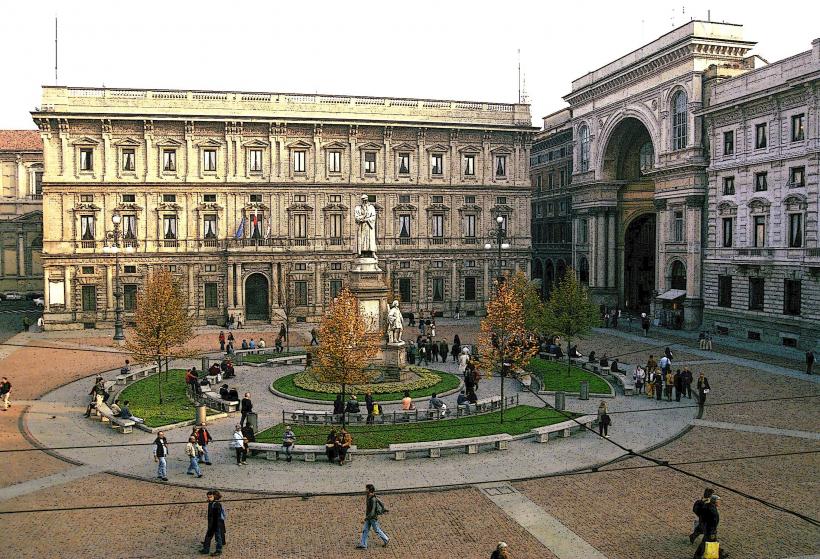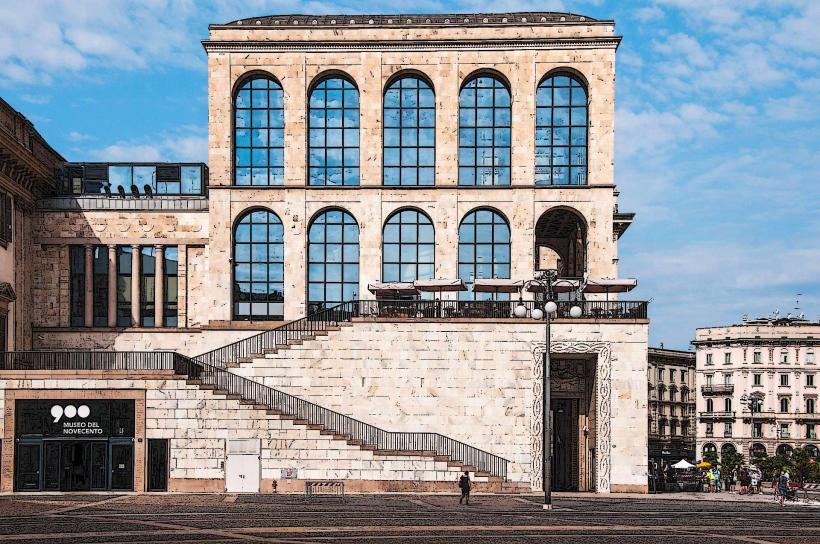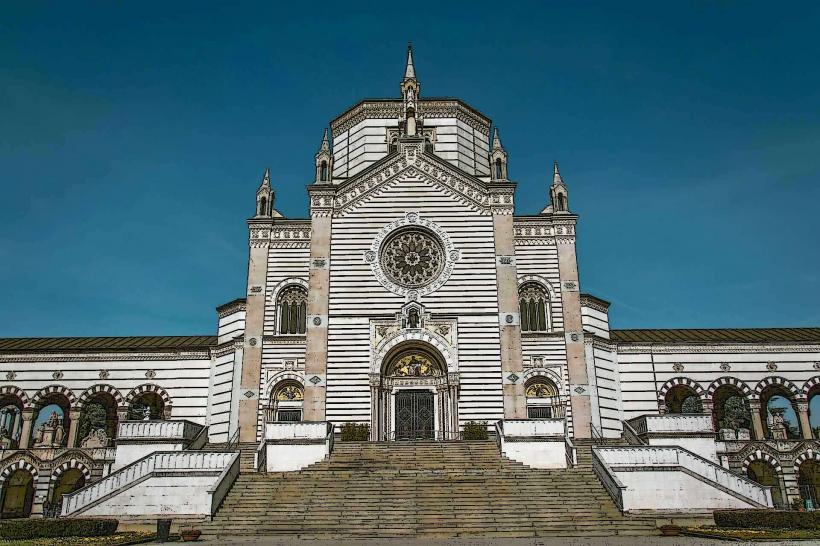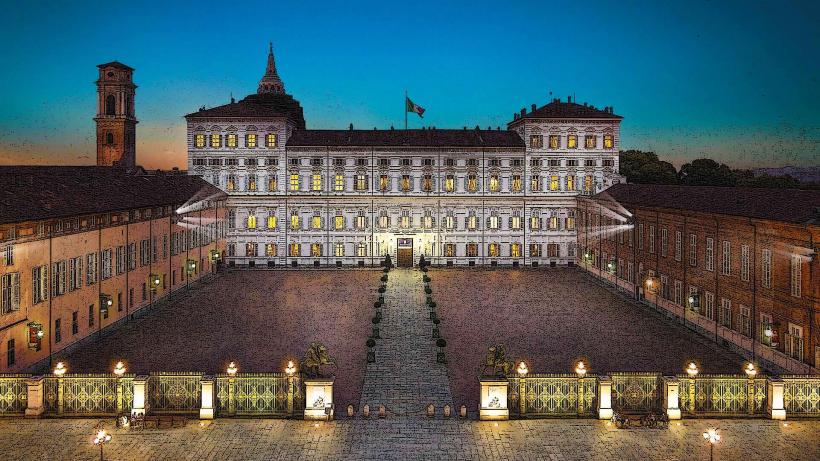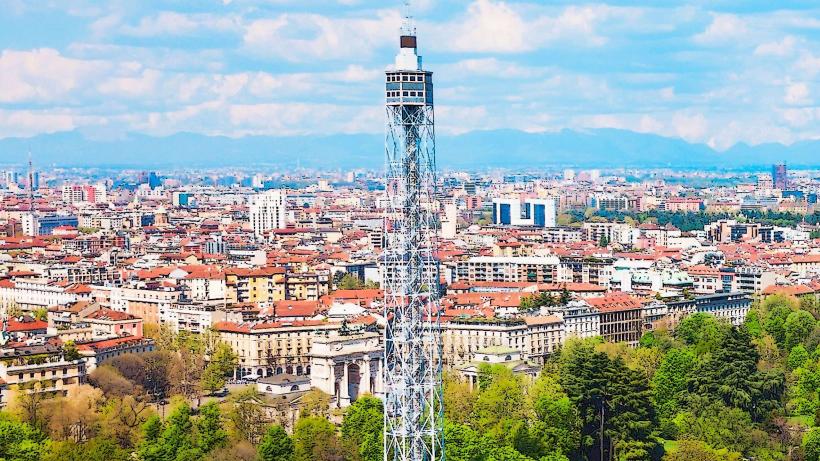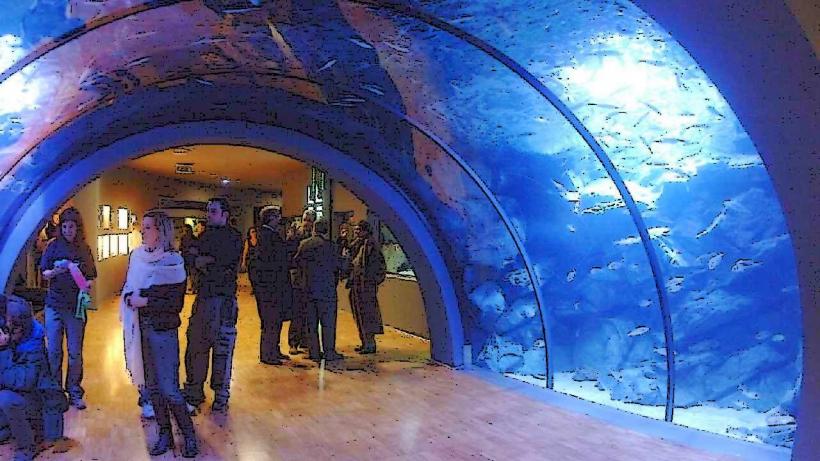Information
Landmark: Basilica di Sant AmbrogioCity: Milan
Country: Italy
Continent: Europe
The Basilica di Sant'Ambrogio is one of the oldest and most significant churches in Milan, Italy. Dedicated to Saint Ambrose, the patron saint of Milan, the basilica is a key landmark in the city's religious and historical heritage. It stands as an important example of Early Christian architecture and is renowned for its stunning architecture, artwork, and historical significance.
1. History and Origins
- Foundation: The basilica was originally founded by Saint Ambrose in the 4th century, specifically in 386 AD. It was constructed on the site of an earlier church, and Saint Ambrose himself was involved in its foundation. Over the centuries, it has undergone various expansions and renovations.
- Patronage: Saint Ambrose, who was one of the most important figures in the early Church, became the bishop of Milan and a key religious figure in the Western Roman Empire. His role in the foundation of the basilica, along with his significant contributions to Christian theology, make the church especially sacred for the people of Milan.
2. Architectural Features
- Early Christian Architecture: The basilica is a fine example of Early Christian architecture, with a blend of Romanesque and Byzantine influences. It features a basilica plan, meaning the church has a long, rectangular nave with a semi-circular apse at one end.
- Facade: The church's facade, although modified over time, is characterized by Romanesque style with a distinctive arched entrance and mosaic decoration. The facade features two prominent brick towers, which were originally part of the church's design.
- Interior: The interior of the basilica is equally impressive, with its three naves, golden mosaics, and ancient columns. The mosaic above the altar, depicting Christ in majesty surrounded by saints, is one of the church's most striking features.
- Crypt: The basilica is home to the crypt where Saint Ambrose is buried. This crypt is an important pilgrimage site for Catholics, as it holds the relics of Milan's patron saint.
- Ambrosian Art and Iconography: The basilica is decorated with numerous frescoes, mosaics, and stained glass windows that depict scenes from the life of Christ and the early saints of Milan.
3. Significance in Milan
- Religious Importance: Sant'Ambrogio is one of the most important religious sites in Milan. It is the second oldest church in the city, after the Milan Cathedral (Duomo di Milano), and it remains a symbol of the Ambrosian Rite, which is the liturgical tradition specific to Milan and surrounding areas.
- Patronage of Saint Ambrose: Saint Ambrose is one of the most venerated saints in Milan, and his influence is still felt in the city's religious and cultural life. Every year, Milan holds the Feast of Saint Ambrose, a major event in the city's calendar, celebrated on December 7th. It is a day of religious observances, but also a day for honoring Milan’s patron saint and his contribution to the development of Christianity in Milan.
4. Key Features and Attractions
- The Altar and Mosaic: The basilica's high altar is beautifully adorned with golden mosaics, depicting Christ enthroned with a radiant halo. This mosaic is an example of the Byzantine-style mosaics that adorn many early Christian churches.
- The Crypt of Saint Ambrose: The crypt beneath the basilica holds the tomb of Saint Ambrose, and it is here that his relics are enshrined in a silver casket. Pilgrims from all over the world come to pay homage to this significant Christian figure.
- The Aisles: The aisles of the church contain several early Christian sarcophagi and tombstones, which are important examples of early Christian funerary art.
- The Cloister: The church is also home to a beautiful cloister that provides a peaceful space for reflection and contemplation. The cloister features Romanesque-style arches and is a lovely place to visit after admiring the basilica's interior.
5. Art and Decoration
- Frescoes and Mosaics: The basilica houses numerous frescoes, mosaics, and statues depicting biblical scenes. Among these, the mosaic of Christ in Majesty is one of the most important works, featuring an image of Christ as the ruler of the universe, surrounded by saints and angels.
- Religious Artworks: Some of the basilica's most significant artworks are located in its chapels, where you can find paintings and sculptures by Italian masters such as Bramante and Luini.
6. Visiting Sant'Ambrogio
- Accessibility: The basilica is located in the historic center of Milan, not far from other important landmarks such as the Sforza Castle and the Museo del Novecento. It is easily accessible via public transportation, including the M2 metro line.
- Opening Hours: Sant'Ambrogio is open to visitors throughout the week, and entry is usually free, although there may be a charge for special exhibits or tours.
- Events and Services: As an active place of worship, Sant'Ambrogio hosts regular Mass services, as well as special religious events. It is especially crowded during the Feast of Saint Ambrose, when many pilgrims visit to honor the patron saint.
7. Conclusion
The Basilica di Sant'Ambrogio is a must-see for anyone interested in the history of Milan, early Christian art, and religious architecture. With its rich history, stunning mosaics, and the tomb of Saint Ambrose, it remains a cornerstone of Milanese heritage and an essential stop for visitors seeking to understand the city's spiritual and artistic legacy.

